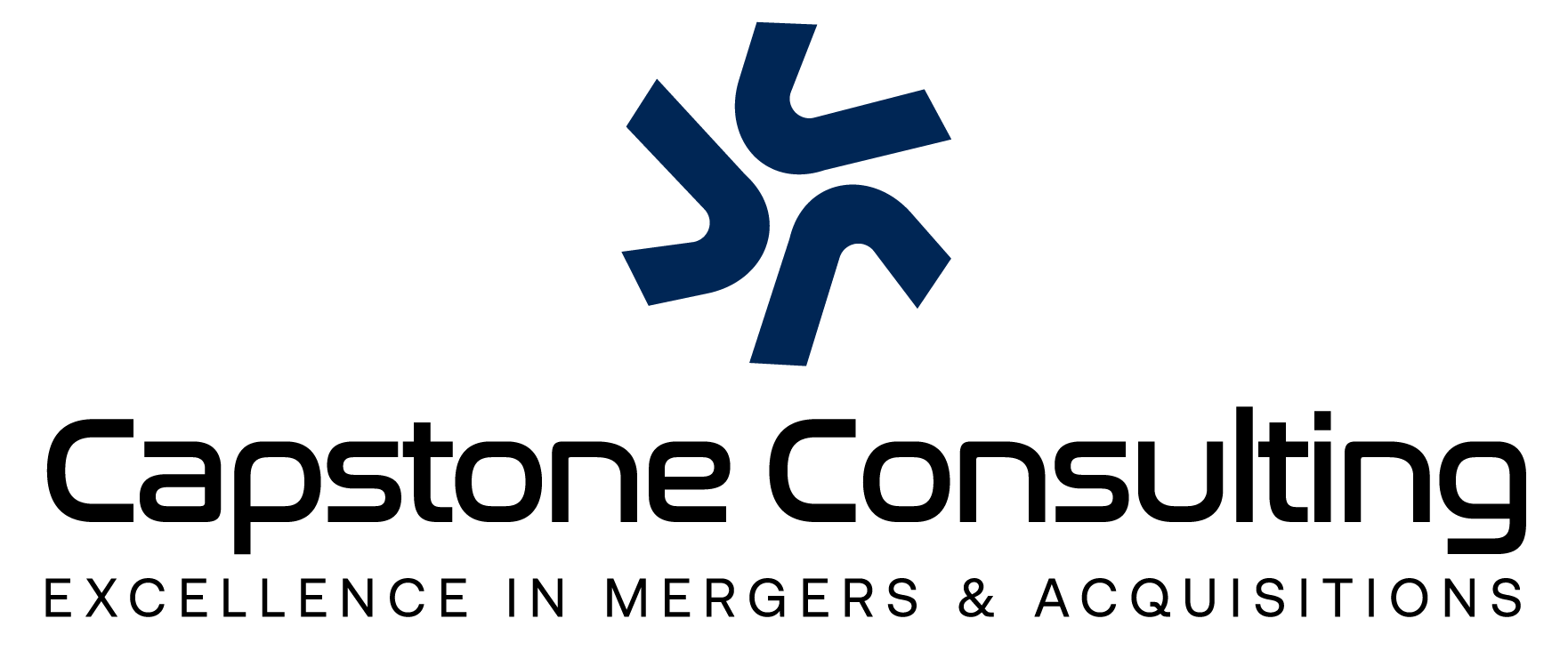Why Capstone Specializes in Distribution, Industrial Services, and Subcontractors
When people ask what kinds of businesses I sell, I always respond with “businesses you would typically find in an industrial park, not on main street.” What that means more specifically is distribution and supply, industrial service providers, and specialty subcontractors. These are not random choices. They’re industries I know, and they’re industries with similar challenges when it comes time for an owner to sell.
At Capstone Consulting, we use our ValuePath framework to get ahead of those challenges. That means giving owners a clear picture of their business, pointing out what can be improved, and spelling out what cannot. The result is clarity. No surprises during diligence, no unrealistic expectations, just a full understanding of what you’re walking into.
Distribution and Supply
The industrial supply distribution space is massive and fragmented. The industry generates over $300 billion annually and consists of more than 15,000 firms, most of them privately held independents. The average distributor employs around 30 people and generates $20 million in annual revenue, but many operate much smaller.
Margins are thin. Gross margins typically run 20% to 25%,with EBITDA margins in the 4% to 7% range. Customer concentration is common, and inventory management often strains working capital. According to SBA data, the charge-off rate on loans in this space is over 4%, which is higher than average, a reflection of those cash flow challenges.
At the same time, buyers are active. Distribution is consolidating quickly, and private equity has been rolling up regional firms into national platforms. That creates opportunity, but only if an owner knows how their company will be viewed. Through our business valuations we show distributors where they stand on issues like customer dependency, gross margin trends, and working capital needs. If changes can be made, we flag them. If they cannot, we explain what those risks mean for a sale.
Industrial Services
Industrial services cover everything from specialty maintenance to compliance and logistics. These are essential functions, but they are often undervalued because the work is technical and the businesses are lean.
The numbers tell the story. In related trades like HVAC and plumbing contractors, the industry consists of over 107,000 companies employing 1.3 million workers and generating $306 billion annually. The average firm employs just 12 people and produces about $2.9 million in revenue.
Growth is steady but competitive. Employment in these trades has grown 34% over the last decade, far faster than the broader economy. At the same time, the compound annual growth forecast for 2025–2029 is 5.07%,outpacing GDP. Margins are modest, with EBITDA typically in the 5% to 8% range. Exit rates are relatively low at around 4%, but cash flow and customer concentration are consistent risks.
With our ValuePath framework, we can break these issues down for owners. If 60% of revenue is tied to two contracts, that’s a problem. If compliance costs are cutting into margins, buyers will notice. We don’t pretend these issues can be wished away. We show owners exactly how they will be viewed in diligence, what can be addressed, and what cannot.
Subcontractors
Note that we do not sell general contractors. We work with specialty subcontractors such as HVAC, plumbing, and electrical firms. These businesses are large in aggregate, but small in scale. Very few are double-digit million revenue companies with limited management depth.
The challenges are clear. Subcontractors are exposed to delayed payments from general contractors, uneven cash flow, and volatile input costs. According to the Bureau of Labor Statistics, average wages in HVAC and plumbing have risen more than 50% over the last decade, squeezing margins further.
Valuation data shows how buyers view these companies. In construction-related sectors, median price-to-EBITDA multiples run around 4.3x,with median price-to-SDE (seller’s discretionary earnings) around 2.3x. Those numbers are solid but not generous, and they reflect the risks inherent in the model.
We make sure owners see those risks clearly. If labor shortages are holding the company back, that will affect valuation. If half of receivables are tied up with one GC, that will come up in negotiations. We highlight those realities so there are no illusions or time wasted.
The Common Thread
Distribution, industrial services, and subcontractors all face the same themes.
- Fragmented markets. Tens of thousands of firms, most under $10 million in revenue, competing against much larger players.
- Owner dependency. Many of these companies are built around the founder. Without preparation, that becomes a major risk.
- Tight margins. EBITDA margins are usually in the single digits, which makes working capital and cash management critical.
- Exit multiples. Sales often trade at modest multiples of earnings, reflecting the balance of strong demand with real risks.
Capstone does not promise to erase those challenges. What wedo is make them clear. Owners come away with a full understanding of what theycan optimize and what they cannot.
What Capstone Delivers
Capstone’s role is not to spin a story. It is to provide clarity. Through our advisory services we:
- Assess the business realistically.
- Identify pitfalls and risks.
- Advise on what can be improved before going to market.
- Explain what cannot be fixed and what that means for a sale.
That way, our clients go into the process informed. They know their strengths, they know their weaknesses, and they know what to expect from buyers.
Closing
Distribution, industrial services, and subcontractors are the backbone of the economy, but they are also some of the toughest businesses to sell. That is why Capstone specializes in them. We know the numbers, we know the risks, and we know how these businesses are viewed in the market. Capstone has a track record of successful transactions in these industries, helping owners secure deals that respect both the value of their business and the legacy they’ve built.






